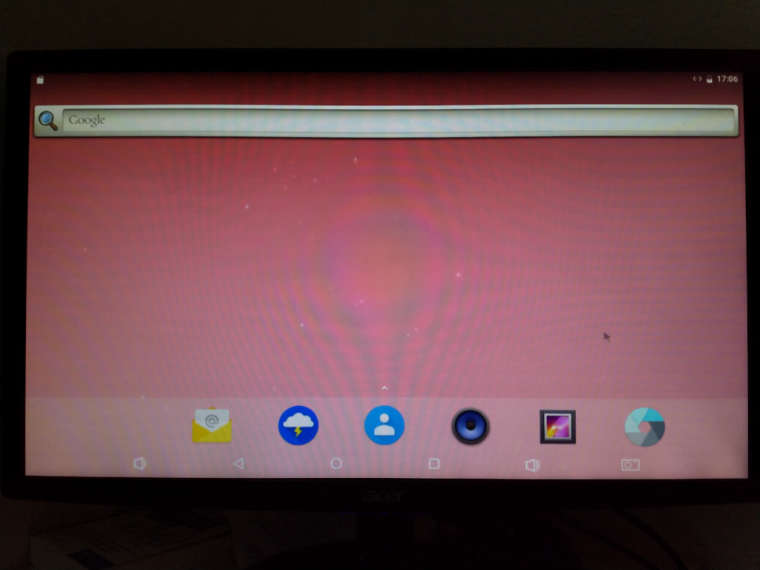Heute, 5 Monate später, kann ich bestätigen das WLan möglich ist 🙂 Getestet auf einem ROCKPro64 v2.1 mit 2GB RAM.
Eine Vorabversion von Recalbox machte es das erste Mal für mich möglich das WLan zu benutzen. Bericht
Und PCIe ist abgeschaltet im dts File.
pcie-phy {
compatible = "rockchip,rk3399-pcie-phy";
#phy-cells = <0x0>;
rockchip,grf = <0x15>;
clocks = <0x8 0x8a>;
clock-names = "refclk";
resets = <0x8 0x87>;
reset-names = "phy";
status = "disabled";
phandle = <0x8b>;
};
pcie@f8000000 {
compatible = "rockchip,rk3399-pcie";
#address-cells = <0x3>;
#size-cells = <0x2>;
aspm-no-l0s;
clocks = <0x8 0xc5 0x8 0xc4 0x8 0x147 0x8 0xa0>;
clock-names = "aclk", "aclk-perf", "hclk", "pm";
bus-range = <0x0 0x1f>;
max-link-speed = <0x2>;
linux,pci-domain = <0x0>;
msi-map = <0x0 0x89 0x0 0x1000>;
interrupts = <0x0 0x31 0x4 0x0 0x0 0x32 0x4 0x0 0x0 0x33 0x4 0x0>;
interrupt-names = "sys", "legacy", "client";
#interrupt-cells = <0x1>;
interrupt-map-mask = <0x0 0x0 0x0 0x7>;
interrupt-map = <0x0 0x0 0x0 0x1 0x8a 0x0 0x0 0x0 0x0 0x2 0x8a 0x1 0x0 0x0 0x0 0x3 0x8a 0x2 0x0 0x0 0x0 0x4 0x8a 0x3>;
phys = <0x8b>;
phy-names = "pcie-phy";
ranges = <0x83000000 0x0 0xfa000000 0x0 0xfa000000 0x0 0x1e00000 0x81000000 0x0 0xfbe00000 0x0 0xfbe00000 0x0 0x100000>;
reg = <0x0 0xf8000000 0x0 0x2000000 0x0 0xfd000000 0x0 0x1000000>;
reg-names = "axi-base", "apb-base";
resets = <0x8 0x82 0x8 0x83 0x8 0x84 0x8 0x85 0x8 0x86 0x8 0x81 0x8 0x80>;
reset-names = "core", "mgmt", "mgmt-sticky", "pipe", "pm", "pclk", "aclk";
status = "disabled";
Also bleibt weiterhin ungeklärt, ob auch beides zusammen möglich ist. Also gleichzeitig das WLan-Modul und eine PCIe Karte.

